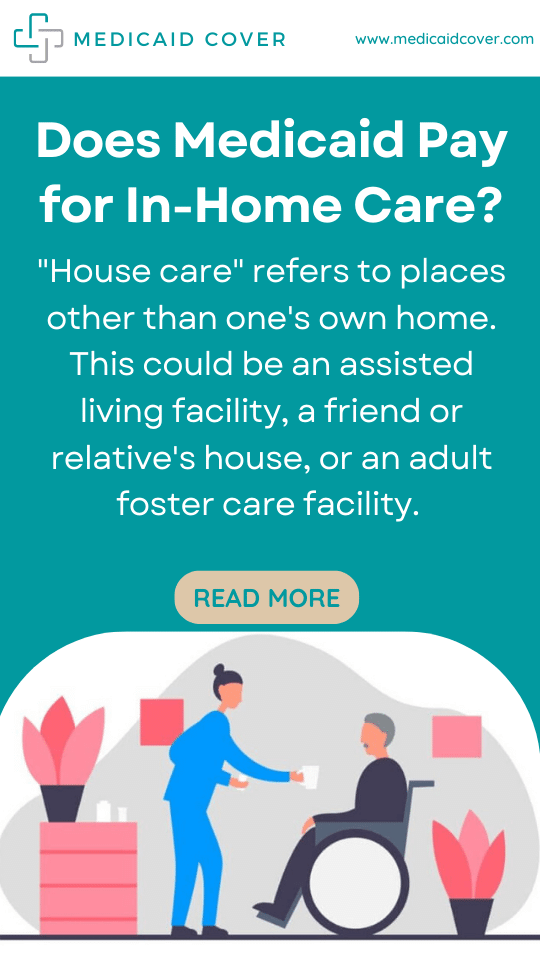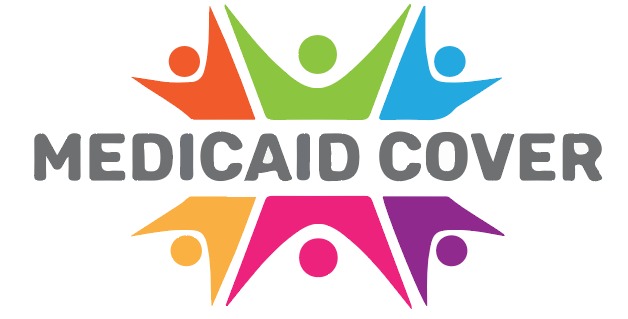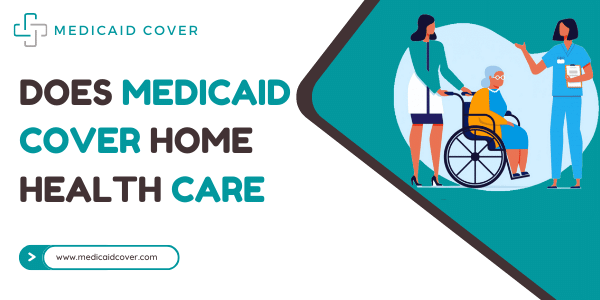Every state accepting Medicaid has home health care coverage, while each may have somewhat different details. Find out what Medicaid-covered home health care benefits are and how you could be eligible for them.
Find out how Medicaid covers home health care and whether you might be eligible for benefits to help pay for caregiving and home health care services.
Medicaid covers more than 72 million Americans for their health insurance. But many of these people have other forms of health coverage as well.
Medicaid may serve as the primary or backup insurance. In this examination of Medicaid, we examine when and how the program functions as additional or secondary insurance that can work in tandem with other forms of insurance.
Read Also: Does Medicaid Cover Therapy?
Does Medicaid Pay for In-Home Care?
Yes, Medicaid will cover in-home care, and it does so in all 50 states in one way or another. Medicaid has always paid for nursing home care and still does so for anyone who can prove a functional and financial need.
In-home care offers an alternative for seniors who need assistance to live at home but would rather not go into a nursing facility. Medicaid-funded in-home care enables senior citizens to age in place while maintaining their independence and saves the state money compared to paying for institutionalization.
Medicaid beneficiaries can often manage their own in-home care in several states.

This service delivery includes consumer-directed care, participant-directed care, cash and counseling, and self-directed care.
It frequently enables care recipients to employ family members as compensated caregivers. Adult children are frequently employed and compensated for caring for their elderly parents. Even one’s spouse may be hired in some states. Find out more about receiving payment for caring for a loved one.
“House care” refers to places other than one’s own home. This could be an assisted living facility, a friend or relative’s house, or an adult foster care facility. The state and Medicaid programs determine the precise locations where one can receive services.
Which Medicaid Programs Pay For Home Care?
Home and community-based services (HCBS) Medicaid waivers or Section 1115 demonstration waivers may be used to obtain in-home care services in addition to one’s regular state Medicaid coverage.
-
Regular State Medicaid
Regular state Medicaid, also known as original and classic Medicaid, is a program where the federal government requires states to provide home health services to needy people.
Numerous states’ standard Medicaid programs additionally provide personal care support (helping with eating, dressing, and other non-medical care) in the home, which the federal government does not require.
States might employ more state plan choices than the initial state plan. Community First Choice (CFC) is one option that the Affordable Care Act has made feasible.
ADLs and other essential daily life activities (ADLs) may be assisted with in-home personal attendant services under the CFC (IADLs).
Examples include assistance with mobility, toiletries, meal preparation, light housecleaning, and other tasks for those who would otherwise need to be placed in nursing facilities.
As of this writing, nine states have implemented the CFC option. Alaska, California, Connecticut, Maryland, Montana, New York, Oregon, Texas, and Washington are the states in question.
People may be eligible for in-home care support, including skilled nursing services, respite care, and home adaptations, under section 1915(i) HCBS state plan option.
While choosing this option, it is unnecessary to show a need for nursing home-level care. States may also decide to restrict service provision to those in danger of institutionalization, such as old or frail people with Alzheimer’s.
-
HCBS Medicaid Waivers
Services Offered in the Home and Community Medicaid waivers sometimes referred to as Section 1915(c) waivers, are one more method that Medicaid provides in-home services and supports to encourage elderly people’s independence.
You will typically need nursing home-level care, and if you don’t have help, you run the possibility of being institutionalized. HCBS waivers typically offer more in-home benefits than conventional Medicaid plans offered by the states.
Adult daycare, companionship care, support with activities of daily living, personal emergency response systems, durable medical equipment, and other services may be made available under HCBS Medicaid waivers.
Medicaid waivers for home and community-based services are not entitlement programs. As a result, fulfilling the eligibility requirements does not guarantee to receive rewards. Instead, there can be waitlists for certain services.
-
Section 1115 Demonstration Waivers
States may also use Section 1115 demonstration waivers to provide community- and home-based services. These pilot initiatives allow states more freedom to create and enhance their Medicaid systems.
Some states use this kind of waiver to provide long-term services and support (LTSS). Although this method might eliminate service wait lists, it’s not always the case.
Why Medicaid Pays For Home Health Care?
Seniors have an alternative to institutionalization with home health care. People who require ongoing care can age in place in the familiarity and comfort of their own homes with their loved ones.
Compared to paying beneficiaries to stay in and get care in nursing homes or other facilities, home health care is a more affordable choice for Medicaid programs.
How To Choose Your Medicaid Caregiver?
Beneficiaries of Medicaid are frequently allowed to select their own caregiver. Beneficiaries may choose to pay a family member or friend to be their primary caretaker, and Medicaid will pay them for their labor. Sometimes, a spouse may even be hired as the primary caretaker.
Additionally, you are not required to live in your own house to get Medicaid home health care benefits. Home care services may also be provided in a friend’s or family’s residence, an adult foster care facility, or an assisted living facility.
Medicaid coverage of home care
All state Medicaid programs are required by federal law to offer home health benefits. Although personal care coverage—such as assistance with eating, dressing, and bathing—is not a requirement under federal law, many state Medicaid programs opt to provide these services on their own.
- Assistance with daily living activities (ADLs) like dressing, eating, and using the restroom.
- Help with instrumental daily living (IADL), which involves meal preparation, shopping, laundry, and housecleaning.
- Adaptations to the home that make it easier to live there, such as wheelchair ramps and grab bars in the bathrooms
- Vehicle alterations to increase use and accessibility
- sturdy medical supplies like wheelchairs or walkers
- Daycare for adults
- Competent nursing care
- Interim care
- Transportation
- Speech, occupational, and physical therapy
- Delivery of meals
- Services for Individual Emergency Response (PERS)
- There are a few unique Medicaid programs that beneficiaries can use to receive home health benefits in addition to the standard Medicaid coverage for such services.
There are a few unique Medicaid programs that beneficiaries can use to receive home health benefits in addition to the standard Medicaid coverage for such services. These consist of :-
Local First Choice (CFC) with the help of this program, member states can offer in-home personal attendant services to help with essential and daily life activities.
Section 1915(i) (HCBS) covers home and community-based services. With the help of this program, people can obtain in-home care support, such as skilled nursing care, respite care, and aging-in-place home improvements.
HCBS Section 1915(c) the Section 1915(c) program, similar to the one mentioned above, offers in-home assistance and support and may cover durable medical equipment, adult day care, companionship care, and other services.
Article 1115 this program can provide long-term care in addition to the federally mandated Medicaid home care benefits, giving states some additional freedom.
Who Is Eligible For Medicaid Home Care?
To get home care benefits, a person must be enrolled and eligible for their state’s Medicaid program. The criteria for specific eligibility vary from state to state and are partially dependent on income and assets.
To qualify for Medicaid home care coverage, a specific level of care must be met in addition to the state’s financial requirements. To be eligible, one must meet a functional requirement threshold or medical necessity.
The requirements vary by state, but an evaluation of the person must show that they require assistance with a predetermined number of instrumental or everyday activities.
How Much Does Medicaid Pay for Home Care?
The sum that Medicaid will cover for in-home care varies depending on the state and Medicaid plan in which a person is enrolled. Some programs might pay for an adult daycare center a few days a week, a personal care assistant for several hours a day / many days a week, or respite care a few times per month.
The Medicaid-approved hourly fee for in-home care is paid to consumer-directed caregivers. This rate is often a few dollars per hour less than the market rate and varies by state and program.
Final Thoughts : –
Medicaid now offers a wide range of services for people who live at home that go far beyond basic home health care. A thorough list, nevertheless, can be deceiving.
This is so that the benefits can vary depending on the beneficiary’s state of residence and kind of Medicaid coverage. What is commonly provided by Medicaid in most states is listed in the broad list that follows with explanations. Now all doubt is clear about ‘does Medicaid cover home health care.
Frequently Asked Questions
Does Medicare cover the cost of a home health aide?
For less than eight hours per day and a total of 28 hours per week of medically essential home health care, Medicare will pay 100% of the associated expenditures. In 2019, the average hourly price for home health care was $21. If a senior needs some assistance but does not want to go into an assisted living facility, they frequently choose home health care.
Does Medicaid cover the hospital-at-home program?
Yes, Medicaid will cover in-home care, and it does so in all 50 states in one way or another. Medicaid has always paid for nursing home care and still does so for anyone who can prove a functional and financial need.

